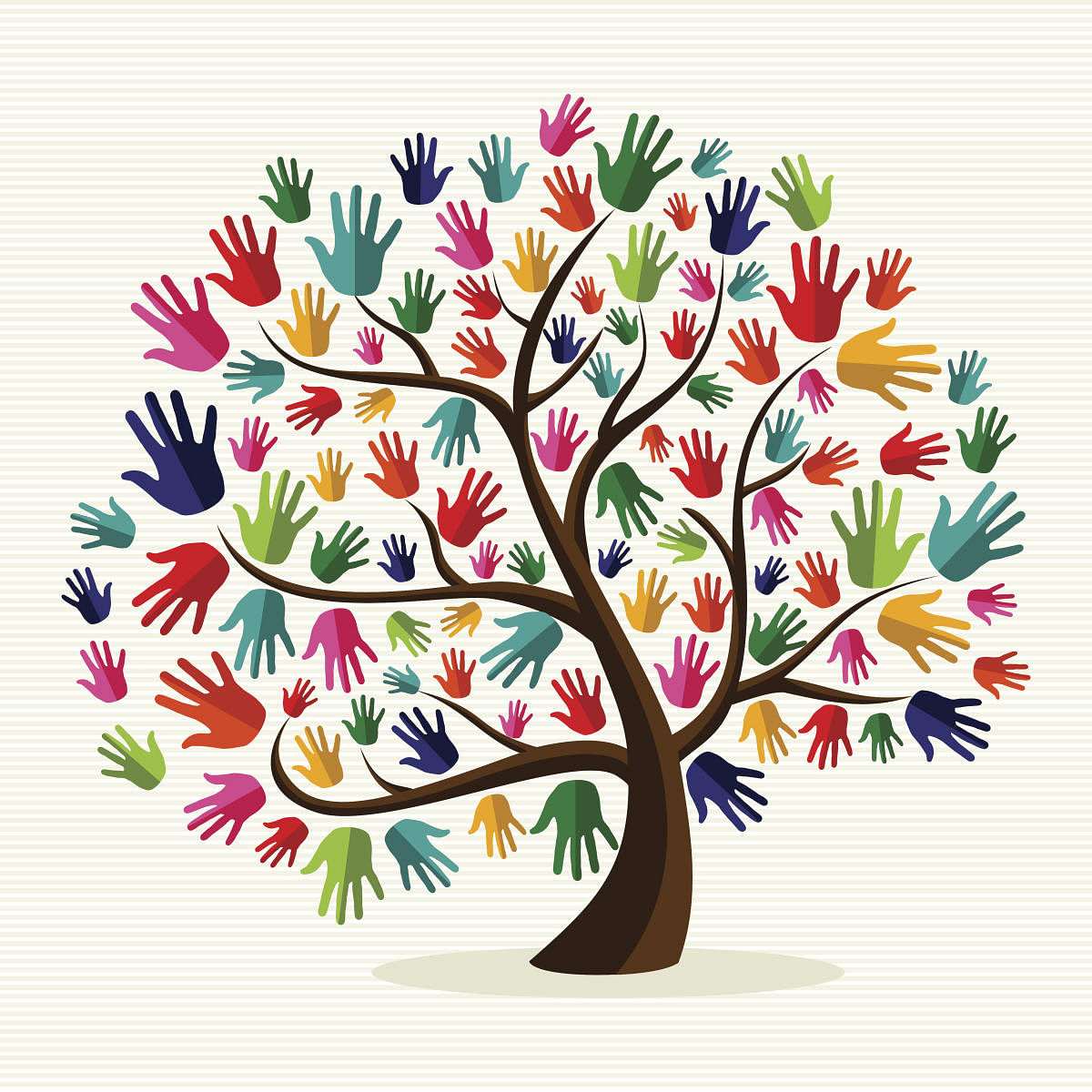
In one of his most celebrated nazm, ‘Phir chale baad-e-bahaari, phir chale baad-e-muraad’, noted Urdu poet Kunwar Mohinder Singh Bedi ‘Sahar’ says, “Sheikh ji bateein karein Quran ki Rahman ki, aur Pandit dastaan chhedaa karein bhagwan ki, sahib-e-iman numaish kyon karein iman ki, aao hum insan hain batein karein insan ki...”, which means, “The Sheikh talks about his holy book, the Pandit speaks about his god, oh learned men of faith, why should we exhibit our beliefs, we are human beings, let’s talk about human beings.”
Fondly called the Sardar of Urdu, owing to him being a turbaned Sikh, Bedi was an icon of India’s culture of syncretism. Born (1909 -1998 AD) at Sahiwal, now in Pakistan’s Punjab province, Bedi belonged to the direct lineage of Guru Nanak Dev, the founder of Sikhism. He had command over both Punjabi as well as Urdu, but it was his love for the latter that brought out the poet in him, making him rub shoulders with some of the best in the field. His poetry looked beyond the frontiers of religion and nation, the reason he was lauded at mushairas in both India, Pakistan, and across the Urdu-speaking world. He spoke of love and brotherhood and decried war: “Dost, dushman sab se begana bana deti hai jung, mulk kya, kya cheez hai tehzeebein mita deti hai jung…”, “Friend or foe war alienates everyone, forget what it does to a country, war wipes out cultures.”
In polarised times, like today, it is poets like Bedi whose sane voices need to be heard over and over again. It’s also the reason why his poetry has found renewed appeal and is being circulated on social media sites, despite it being in chaste Urdu. Like Bedi, many moderate voices today speak about the culture of shared existence that has shaped India over centuries. The need to talk about India’s rich pluralistic heritage has arisen after multiple incidents have blotched the political geography of the country since the beginning of the year.
“While we all want action to be taken against those who are destabilising our country, the common man cannot resort to violence to exhibit his anger. Violence is nothing but a foolish act of bravado and achieves nothing. It only leads to more pent up emotions that can burst like a volcano anytime causing more harm. Haven’t we seen that time and again in our country’s modern history,” reminds Chandigarh-based human rights activist Inderjeet Singh.
What did not go unnoticed during these acts of aggression was the stepping in of the common man and acting as a shield for those being oppressed displaying the core spirit of India.
Composite culture
“Those who propagate violence have neither poetry nor thought. They only have poison and that does not last long. Everlasting is poetry, music, painting... and little else. Fundamentally, we all want to happily co-exist. But what is mutual co-existence? It does not mean I exist next to you. It means a part of me exists in you and a part of you exists in me,” says composer, singer and screenwriter Madan Gopal Singh in Tathya, the video series of Karwan-e-Mohabbat, a collaborative civil society project that aims to share the pain and soothe frayed nerves.
Fundamentalism is destroying this basic fabric of co-existence. At the same time, examples of harmony can be seen across the country and in all communities. The celebrated Ganga-Jamuni tehzeeb or the composite culture of northern India, especially in the region between rivers Ganga and Yamuna, is one such illustration of co-existence. An amalgamation of Hindu and Islamic traditions, this blending of cultures gave birth to an exceptional elegance in lifestyle. It enriched India with splendid architecture and an incredible wealth in arts.
One group of people that remains exceptional in keeping the flame of syncretism burning bright is the craftspersons of India. It is not uncommon to find, say a weaver or a scroll painter belonging to one community who has profound knowledge about the customs and rituals of another community, essentially because through his craft he lovingly keeps alive centuries-old traditions.
Over the centuries, India has been invaded, plundered, ruled and governed by people belonging to a host of cultures. It has also given refuge to many an oppressed. Each has left an indelible mark, and the history of the country is an incredible brew of varied traditions. The beauty of India is, to use a cliché, its unity in diversity. Every community has co-existed; absorbing rituals and influencing the others with some of their own.
Our legacy is what needs to be preserved. Polarisation can completely erode it. For instance, changing names of cities, streets and stations do not and will not change history. This is merely one of the many tools to incite a mishmash of ethnic and nationalist emotions for short-term gains. India needs to get back to its belief in pluralism and composite culture, something intrinsic to its basic fabric. It’s the only remedy for communal vendetta and other forms of sectarian strife. Only then will once again blow the ‘breeze of spring’ (Baad-e-Bahaari) and the ‘breeze of desire’ (Baad-e-Muraad), as Bedi had expressed decades ago for his beloved country.